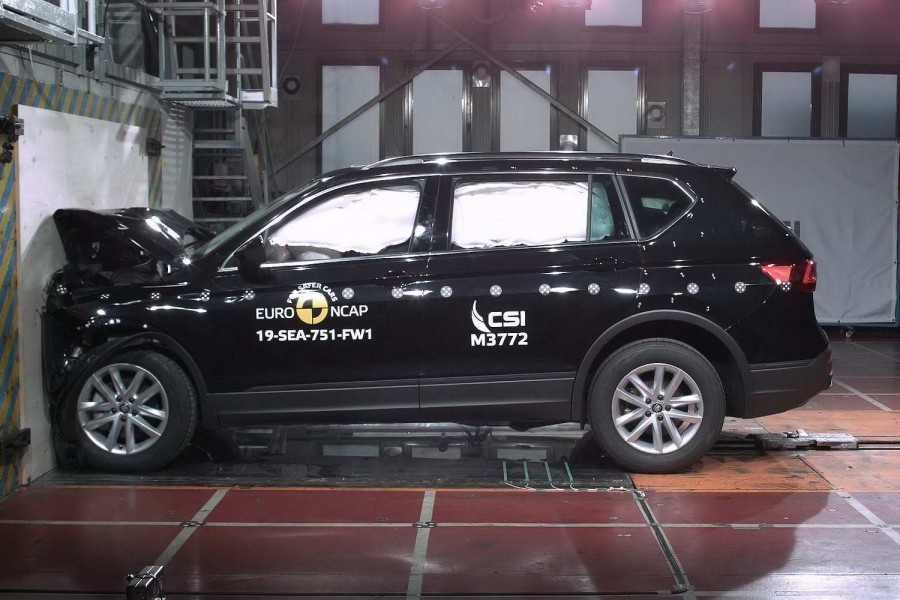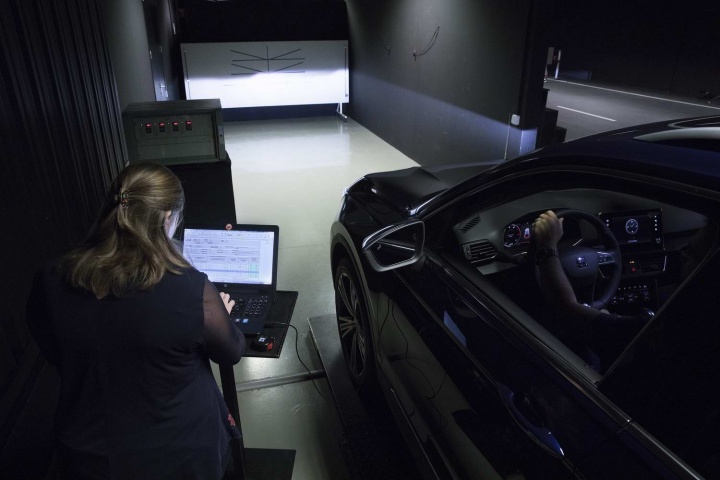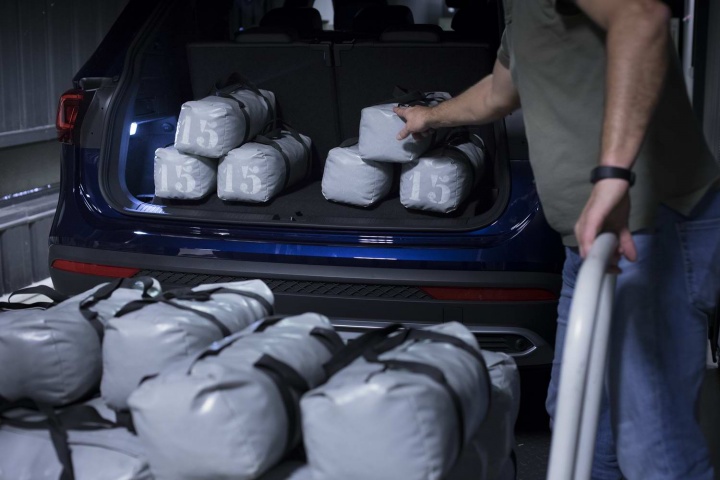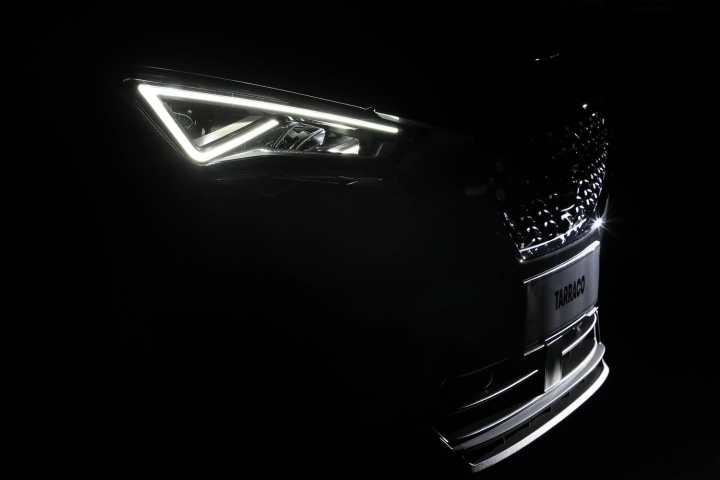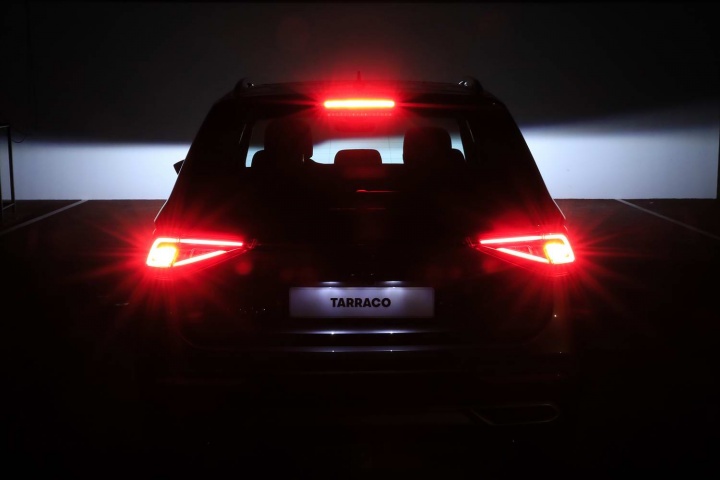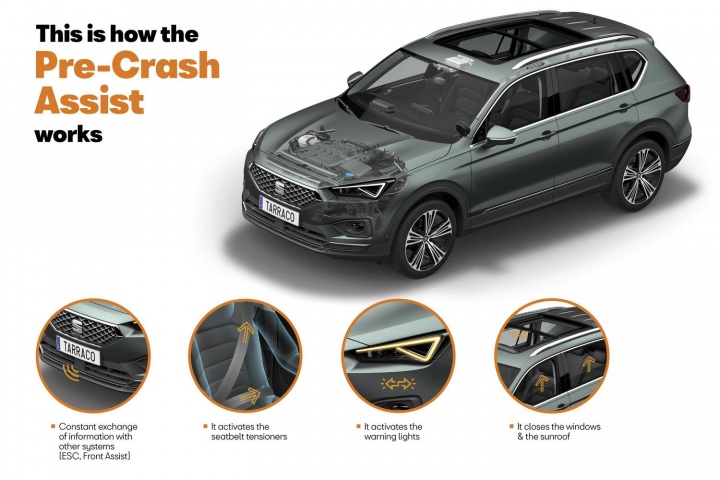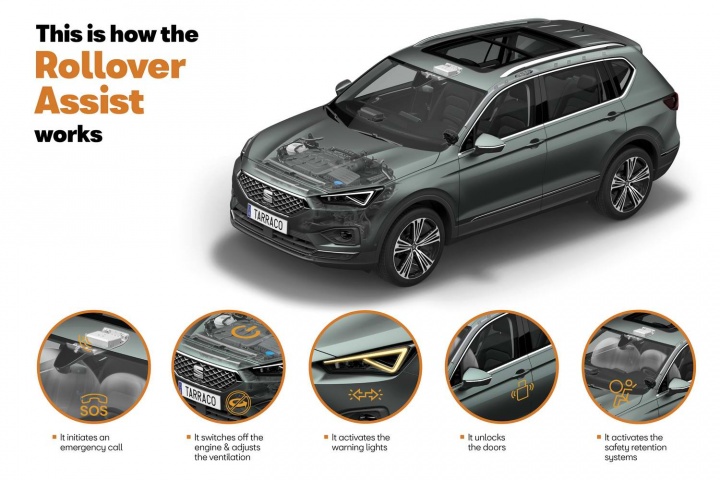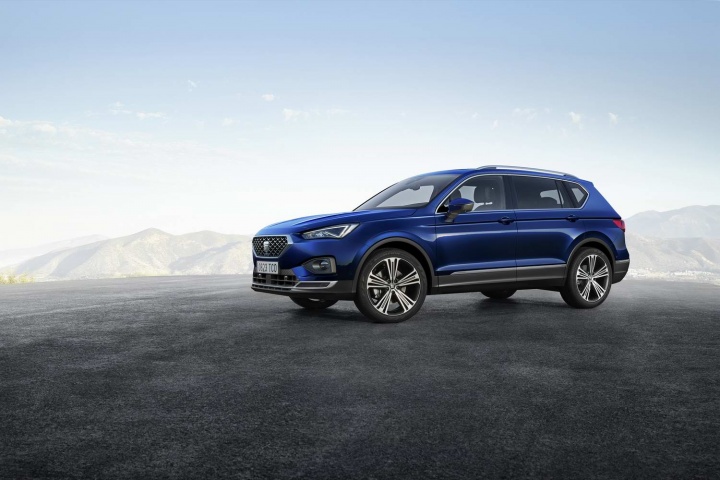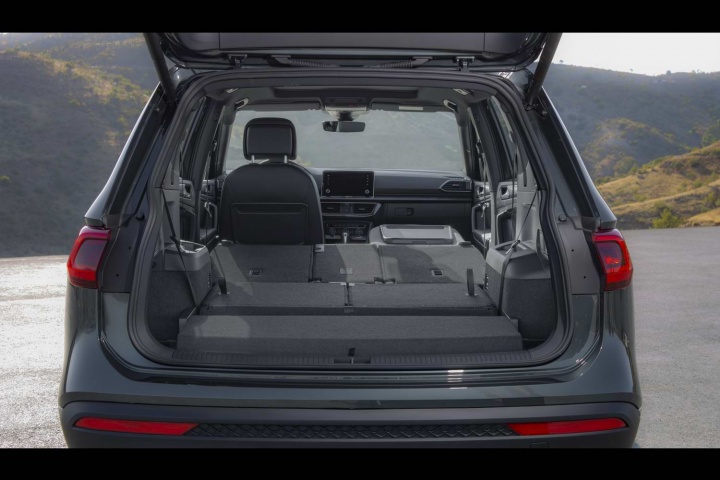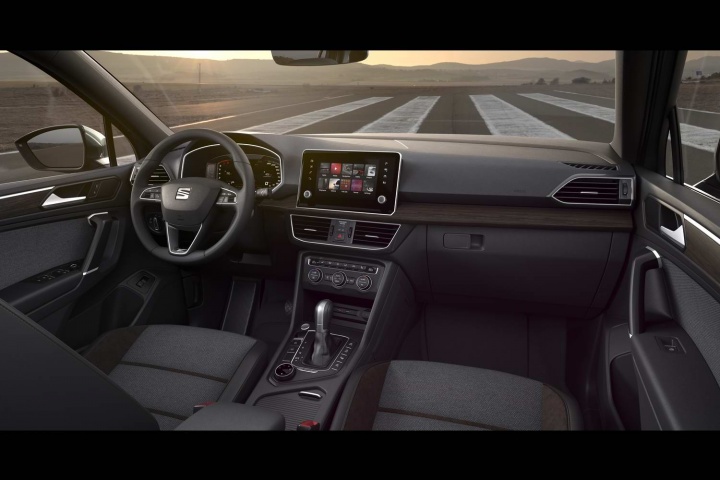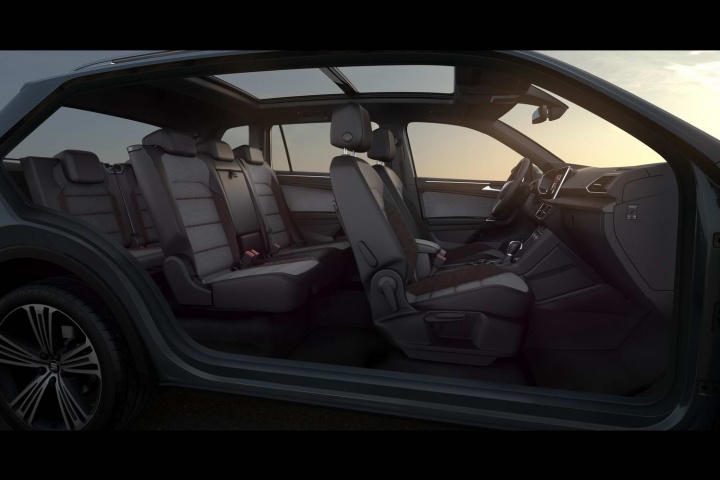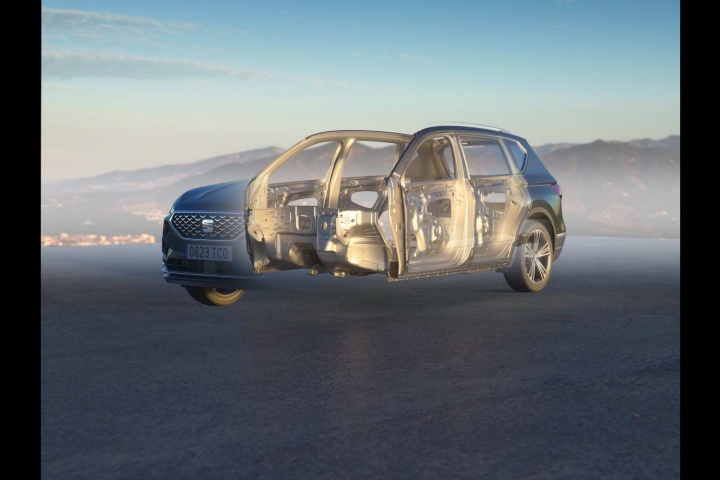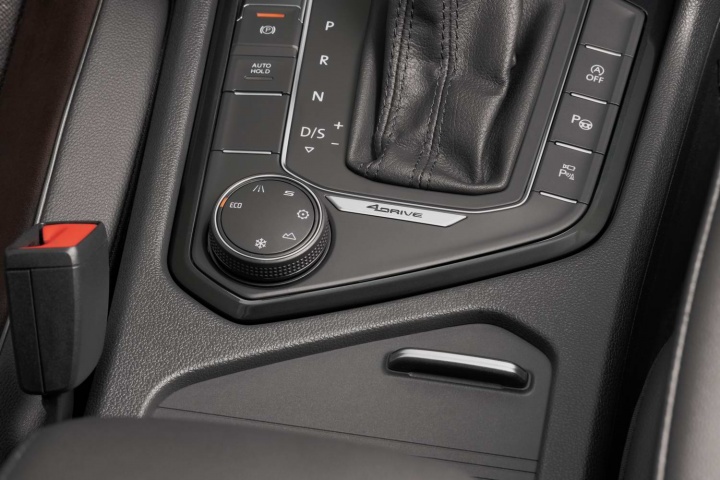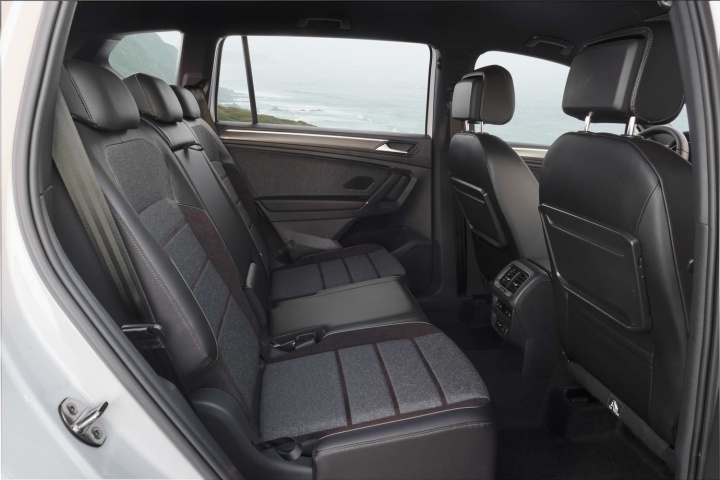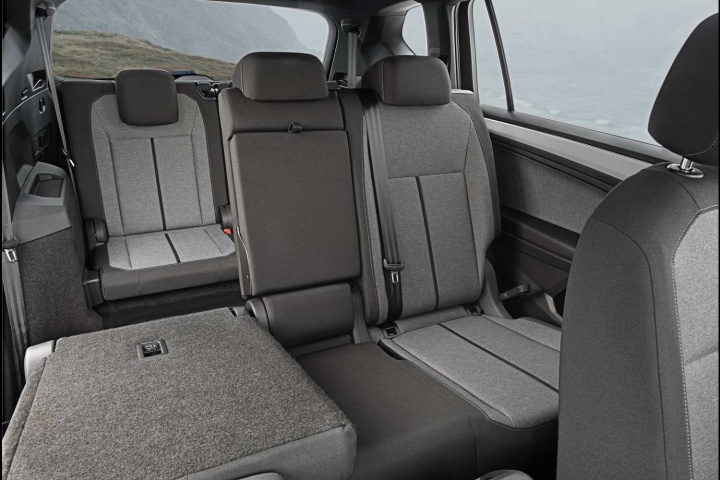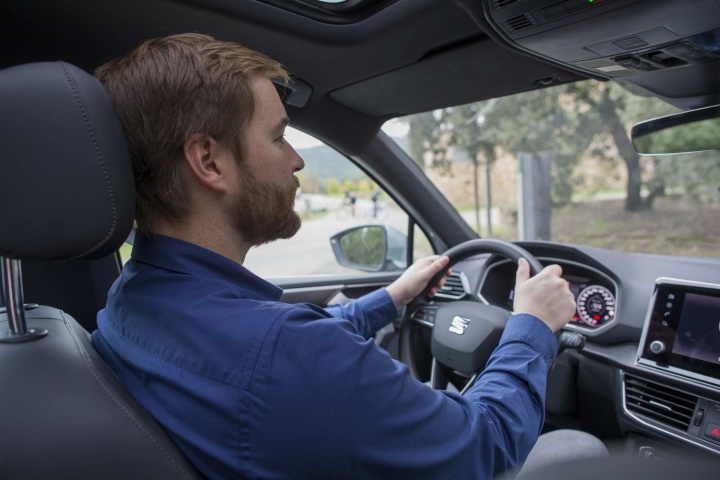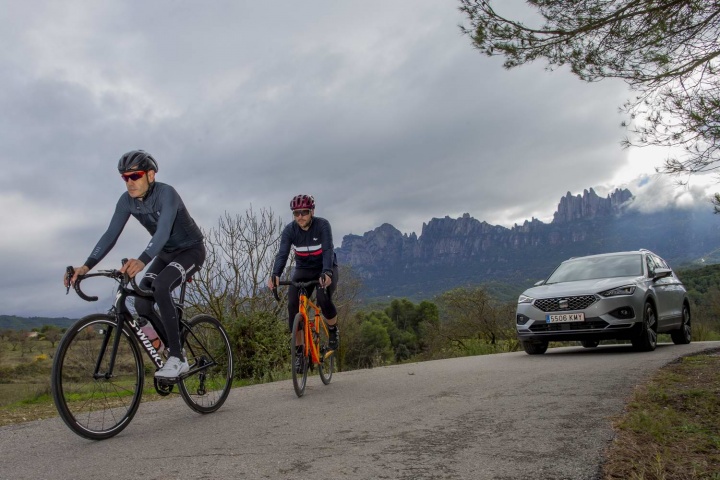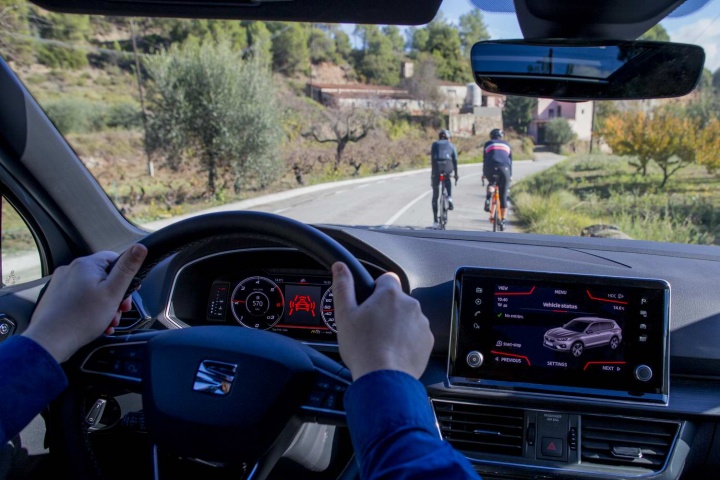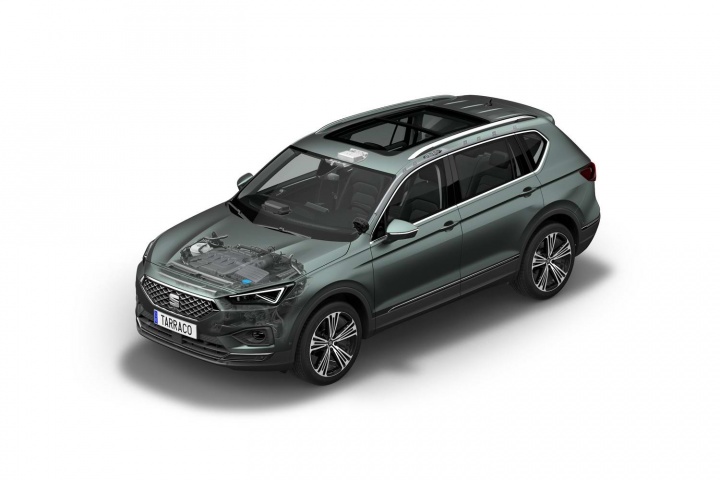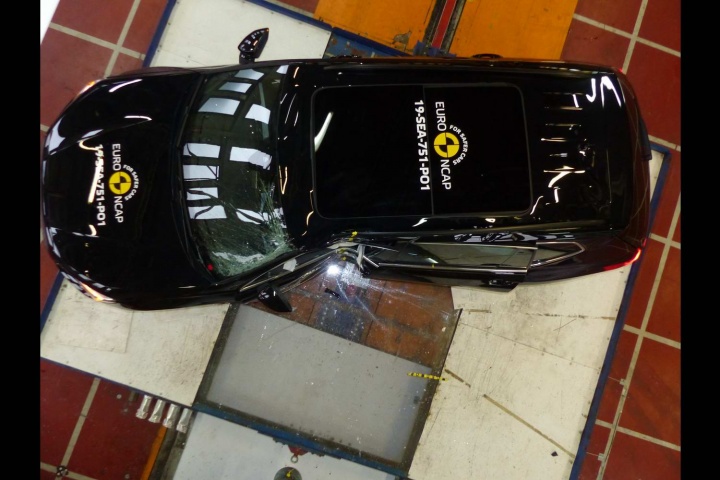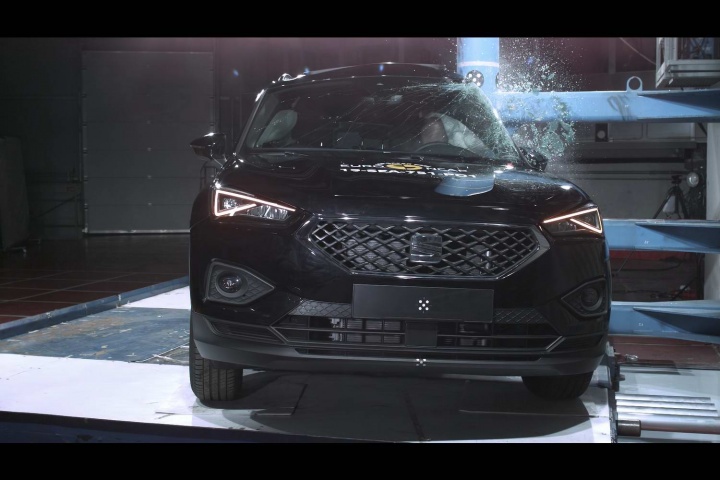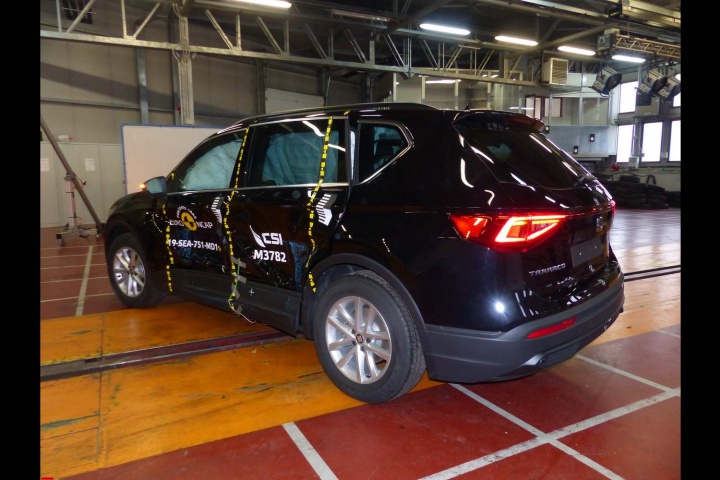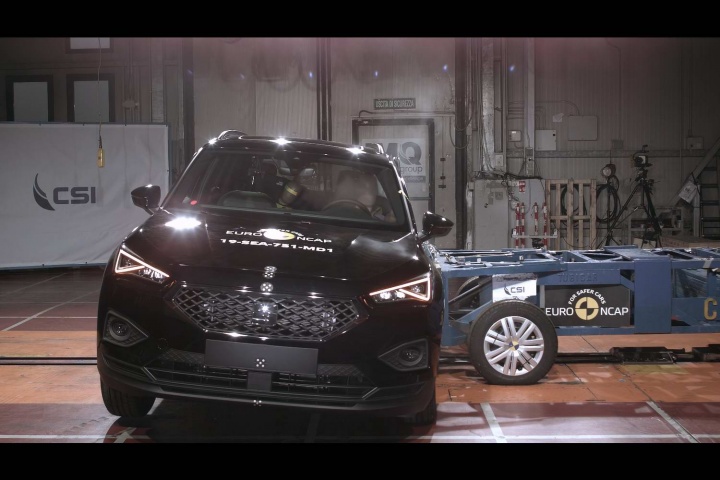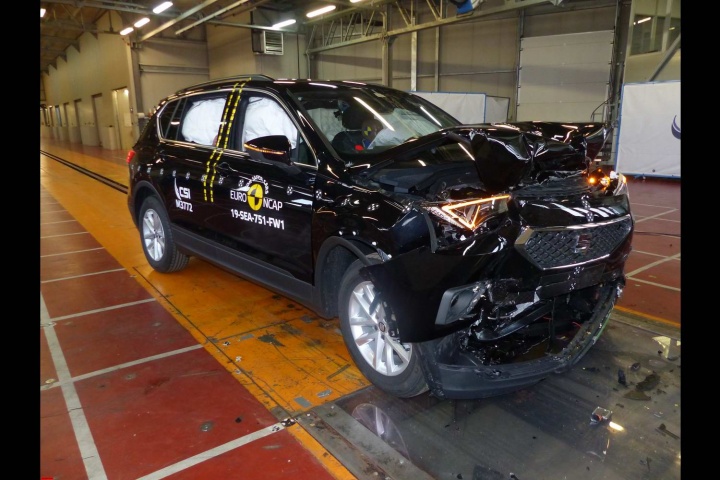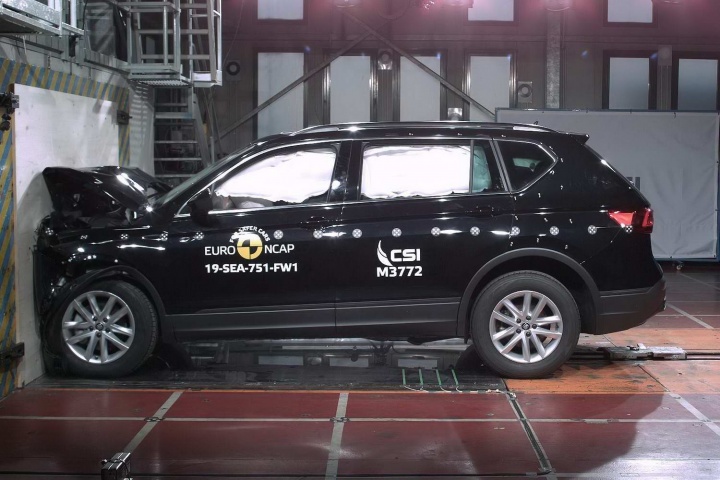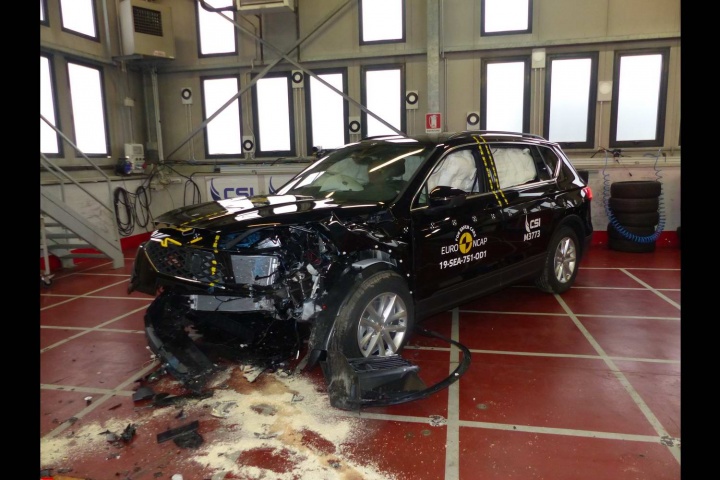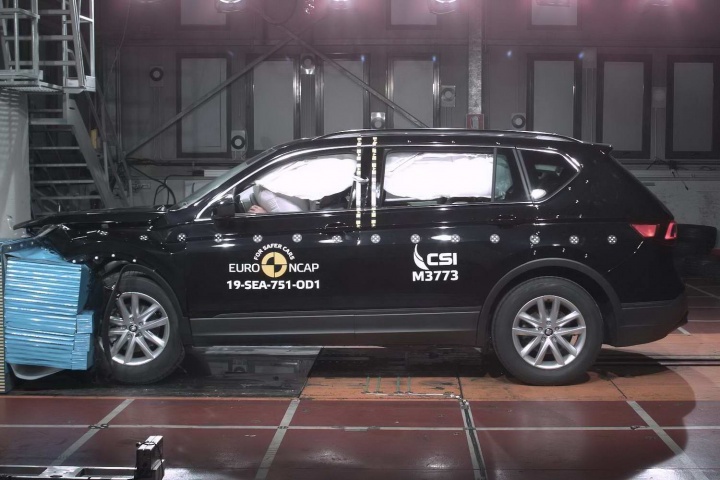Big, seven-seat SUVs are becoming a hot new trend, as they provide a stylish way for mums and dads to transport around large broods of children with a modicum of style - and no small hint of safety. So while they offer much in the way of space, practicality and configurability, making them an attractive proposition in the sanctitude of a glitzy car showroom, it's the mental 'safety net' of having a vehicle that will thoroughly protect all its occupants in the event of an accident out on the public road that's a key driver in seven-seat SUV sales.
Which is where Euro NCAP comes in. It stands for the European New Car Assessment Programme and, in the simplest terms, it's the benchmark system of crash-testing new cars to see how safe they will be (for both its occupants and any pedestrians/vulnerable road users hit by the vehicle) if the worst should actually happen.
Euro NCAP includes a set of standardised testing procedures that new cars go through and has been the industry-wide accepted norm since 1997... but it's not mandatory for all new vehicles to be put through the rigorous programme. Sports cars, low-volume exotics and various other derivations of a theme (such as the BMW 2 Series, which has never been tested despite the 1 Series undergoing Euro NCAP) often are not tested.
Which is why any car that comes out with a five-star rating needs serious consideration, especially a family chariot. Euro NCAP subjects each car to various structural crash-tests, such as an offset deformable barrier hitting the car at 64km/h, a side-impact test at 50km/h, a side-impact pole test at 32km/h and a pedestrian impact at 40km/h. Ratings out of 100 per cent are then given to the car in four different disciplines as to how it performs: Adult Occupant protection; Child Occupant protection; Vulnerable Road Users' (pedestrians, cyclists etc.) protection; and Safety Assist systems. From this, an overall star rating is gleaned, out of a maximum of five.
And one of the best performers in the Euro NCAP testing is the new SEAT Tarraco seven-seat machine. The latest addition to the three-strong SEAT SUV family recorded some incredibly high scores in all regards, allowing it the five-star rating overall. A total of 97 per cent for Adult Occupant safety is the joint-highest mark recorded by any car in the past two calendar years of testing, while 79 per cent for Vulnerable Road Users is also way above the industry average. Child Occupant protection came in at a very commendable 84 per cent, with Safety Assist also strong at 79 per cent.
Just to drill down into some of that, included in the programme are whiplash tests and the vehicle's Autonomous Emergency Braking (AEB) system. For Child Occupant protection, the aspects assessed include the protection of the restraint system, how well the vehicle accommodates child restraint systems of various sizes and also any provisions in the vehicle for the safe transport of children.
Luca de Meo, president of SEAT, said: "The Tarraco achieved an outstanding safety rating in Euro NCAP's demanding tests, a result that reflects the emphasis we placed on safety when developing our largest SUV, and our commitment to guaranteeing the highest level of both active and passive safety in all the models we produce."
Democratising safety, all SEAT Ireland Tarracos come with Front Assist (SEAT's name for AEB) with bicycle detection, the e-call emergency call system (which contacts the relevant services automatically in the event of the car detecting it has been involved in an accident), six airbags around the front and sides of the SUV's cabin, a Tiredness Recognition system that warns the driver if the car thinks they are showing signs of fatigue when at the wheel, electronic stability control, a tyre-pressure monitoring system to prevent the risk of blowouts, seatbelt reminders for all passengers, a passenger airbag deactivation switch (allowing rear-facing child restraint systems to be fitted in the front of the car) and three ISOFIX fittings - one on the passenger seat and two more on the outer chairs of the second row. These items are all equipped as standard on both the SE base models and the Xcellence range-toppers.
There's more. Options include the Safe Driving Pack, for €561 on the Xcellence and €763 on the SE. This adds Light Assist (which manages the main-beam headlights automatically, sensing head- and taillights in front of the car to dip the beams), Blind Spot Detection (this flashes a light in the door mirrors to warn the driver of overtaking cars that might be hidden from view in the blind spot), Exit Assist (also known as Cross-Traffic Alert, this helps drivers reversing out of tight, limited visibility locations, such as driveways, by warning of cars approaching from the sides of the vehicle on the road), Pre-Crash Assist and Rollover Assist for the money.
These last two are new for the Tarraco, with the first preparing the SUV in just 0.2 seconds if it thinks an accident is about to occur - it will tighten the seatbelts, activate the hazard-warning lights, wind up all the windows and close the sunroof, all to protect those in the passenger compartment. Rollover Assist activates the curtain airbags and seatbelt pre-tensioners if it thinks the vehicle is going to tip over. Add in more safety-themed items like a 360-degree camera and all-round parking sensors, and it's clear to see why the Tarraco garnered such an impressive Euro NCAP score.
Let's hope every other car maker continues to follow suit.

